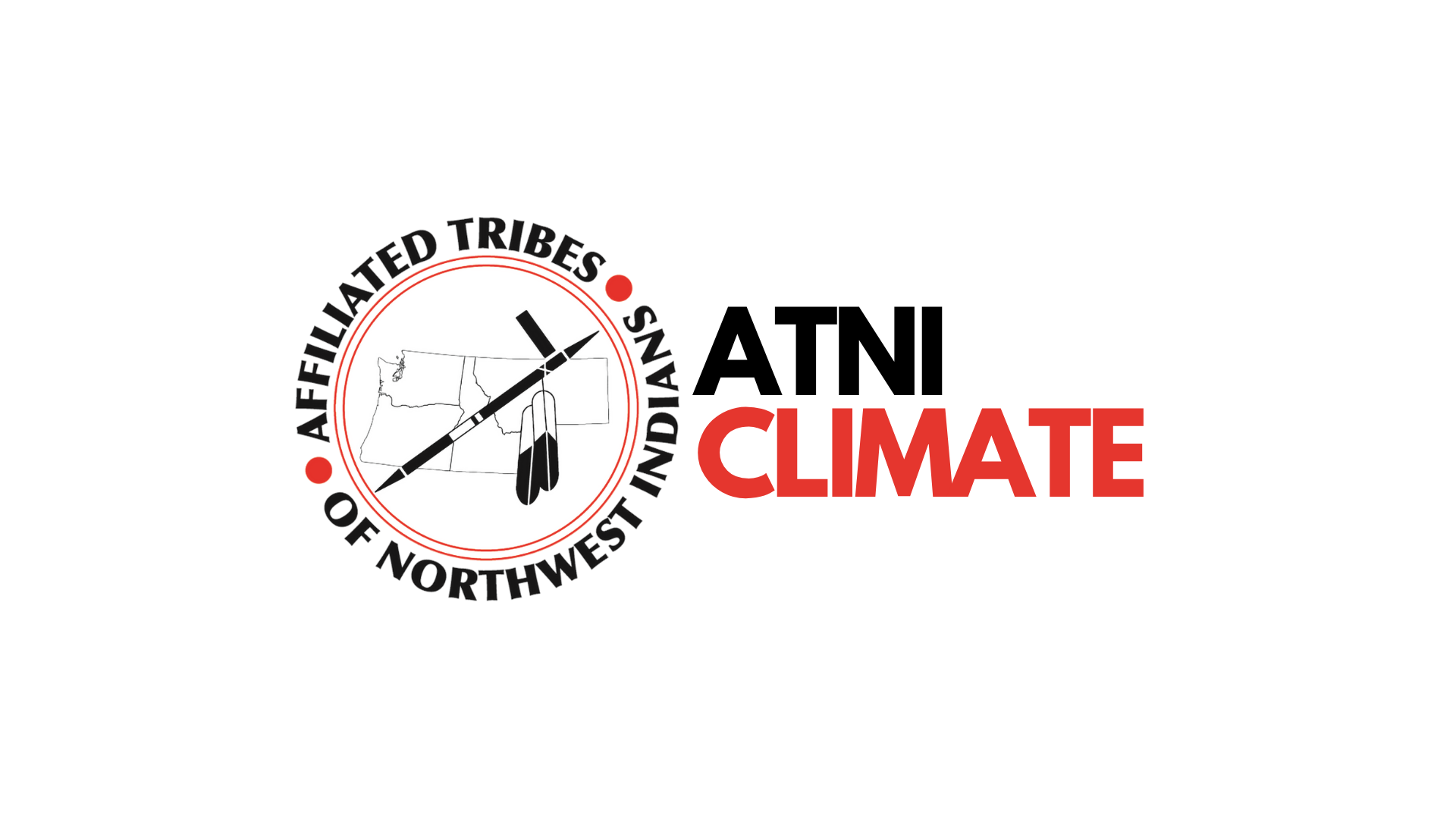Earlier this year, Arizona, one of seven states that rely on the Colorado River, was in the midst of a heated discussion about Colorado River water.
“It’s time to protect Lake Mead and Arizona,” Doug Ducey, Arizona’s Republican governor, said in his state of the state address in January 2019. He spoke to state lawmakers in the midst of uncomfortable, emotional discussions about who gets access to water in the arid West and who doesn’t.
“It’s time to ratify the Drought Contingency Plan,” Ducey said to applause.
The multistate deal was the first issue Ducey brought up in his address, and he indicated it should be the Legislature’s first priority. The deal was designed to keep the Colorado River’s largest reservoir – Lake Mead south of Las Vegas – from dropping rapidly and putting the region’s 40 million residents in a precarious position.
Within weeks, Arizona finished its portion of the plan.
Ducey’s address lauded the leadership of former Gov. Bruce Babbitt and former Sen. Jon Kyl, but he didn’t mention the crucial role of tribal leaders in the state. But a recent Arizona State University report suggests that without the actions of the Gila River Indian Community and the Colorado River Indian Tribes, the deal would’ve likely collapsed.


